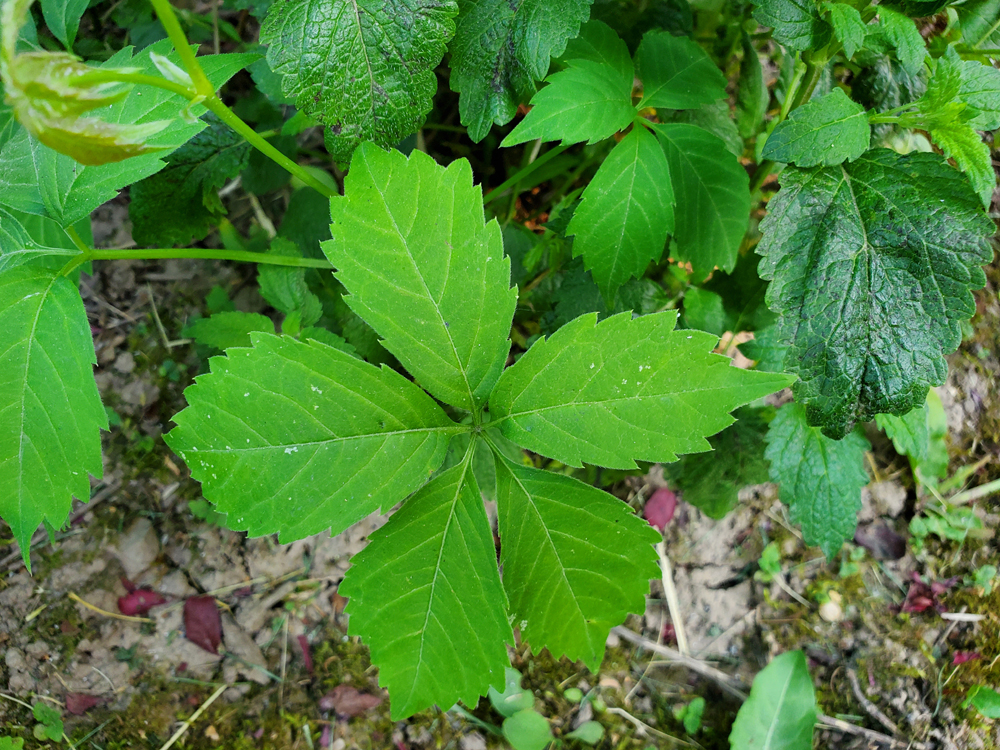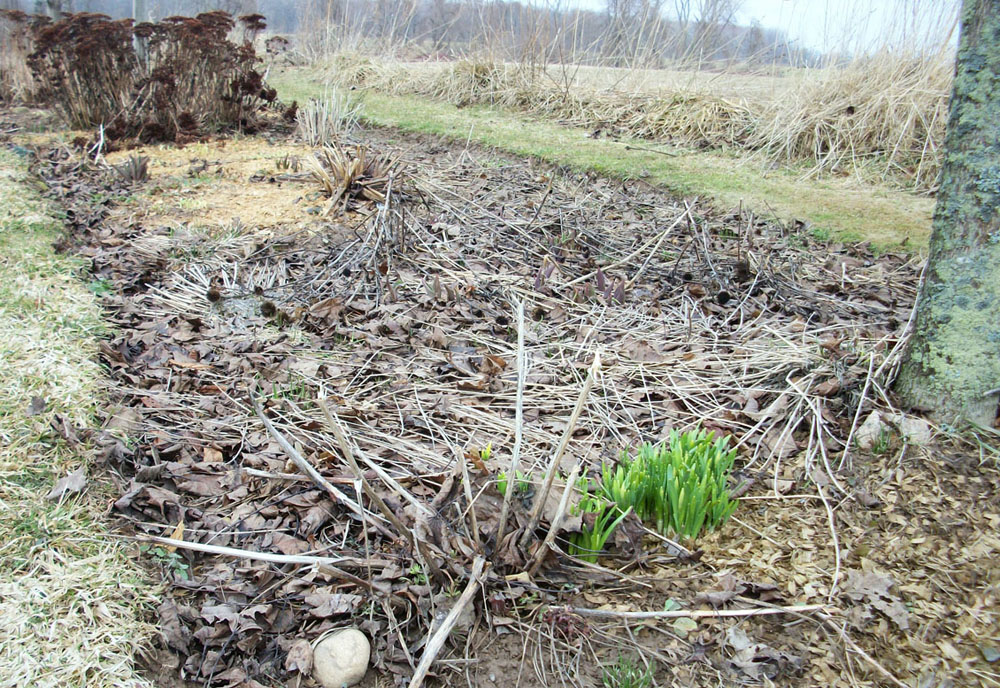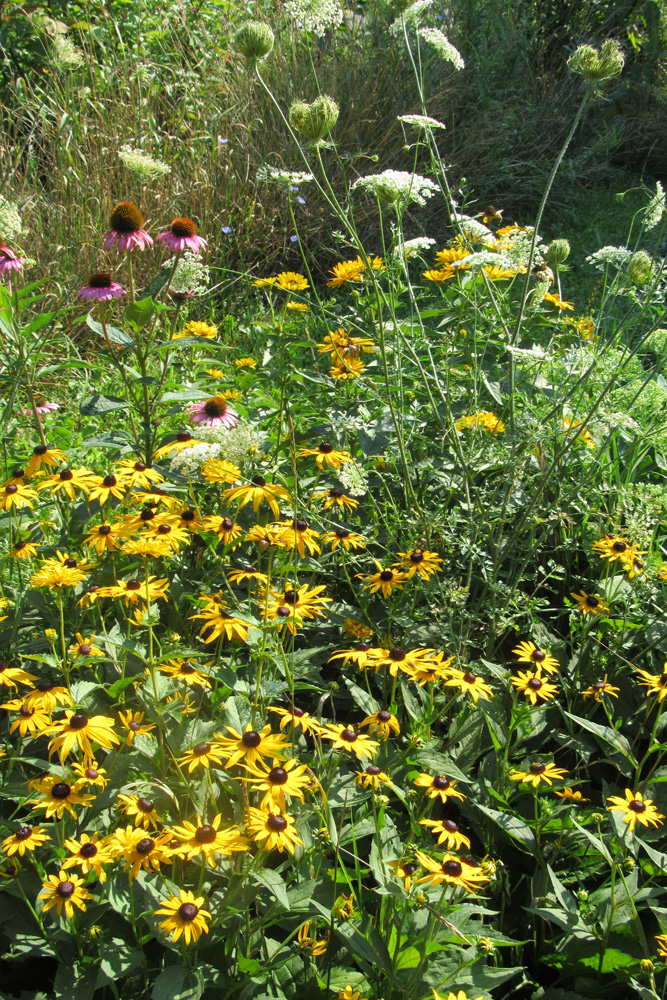Identifying poison ivy and Virginia creeper

If you have been out there weeding, you’ve probably run into poison ivy … or have you? There are many plants with vining habits, and poison ivy can easily be confused with Virginia creeper.
At first glance, Virginia creeper (Parthenocissus quinquefolia) might be easy to confuse with poison ivy (Toxicodendron radicans). Both are vines that can creep along the ground as well as up trees and other plants. The greatest distinction between the two is the number of leaflets.

Virginia creeper is a native perennial vine that has five leaflets with a toothed edge in consistent form. The vine uses tendrils with adhesive sucker discs allowing it to adhere both to the ground or as it climbs. According to Penn State Extension, Virginia creeper will produce ground cover about one foot high if it grows on the surface. Small, greenish flowers in spring develop into dark blue berries that are similar to grapes (Virginia creeper is in the grape family). Wildlife and birds enjoy the berries for their food value.
You can grow Virginia creeper as a cultivated plant. It is aggressive, so grow it on trellises, arbors, chain link fences, or rock piles where you can manage its spread.
You do NOT want to cultivate poison ivy, which loves to plant itself in disturbed areas as well as along the open edges of wooded areas, fields, thickets, fence rows and trails. Poison ivy is a native perennial with three leaflets and is most often found growing as a vine. Penn State notes that it can appear as a small shrub, a single-stem plant or even a clump of plants. In addition to a different number of leaflets, vining poison ivy clings with visibly hairy, fuzzy, aerial roots. It produces tiny white flowers in late spring and birds safely eat the white berries in the fall. The middle leaflet may be slightly longer than the others. Unlike Virginia creeper, poison ivy leaflets can be highly variable in form. Leaves may appear shiny or dull, hairy or sleek, with smooth, wavy or coarsely-notched edges. New leaf growth in spring can be slightly reddish (this can help to identify it when it is very small and can be hard to see). Mature leaves are larger and dark green. In fall, the leaves turn red, yellow and orange.
The oil in the sap of poison ivy which causes an allergic reaction is called urushiol. Be aware that all parts of the plant – leaves, stems, flowers, fruits and especially the roots (which can be exposed when it is climbing up a tree or other surface) can contain urushiol. It is present in vines before leaves appear in the spring and all parts of the plant remain poisonous even after the plant is dead. It is possible to pick up the oil from animal fur, tools, clothing, gloves and shoes. Work carefully if you are removing the vine or working where it is growing – or might possibly be growing. Remove outer clothes, shoes and gloves before going back inside and wash clothes in hot water with a strong degreasing laundry detergent. Clean your garden tools with soap and water and 70 percent alcohol.
If you need to remove a large patch of poison ivy, Penn State recommends mechanical or chemical methods of control. Remember to follow label directions when using weed killers. If you try to manually remove, place your gloved-hand inside a heavy-duty plastic bag. Remove the vines and pull the bag over them. Dispose in the trash. Do not compost or burn the vines as the smoke also contains urushiol and can irritate eyes and lungs. Do not use motorized weed trimmers to cut poison ivy as the trimming may spread the oil to your clothing, boots and exposed skin.
When working around vines, remember – “leaves of three – let it be.”






